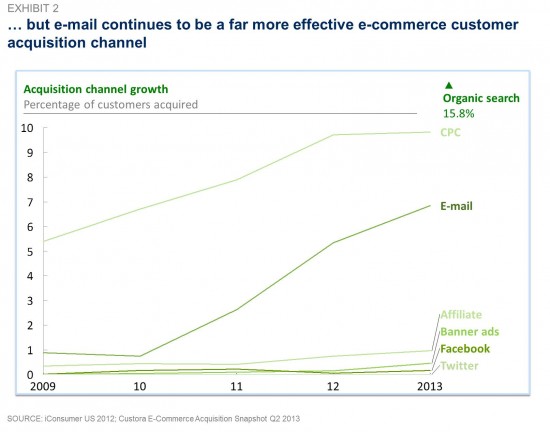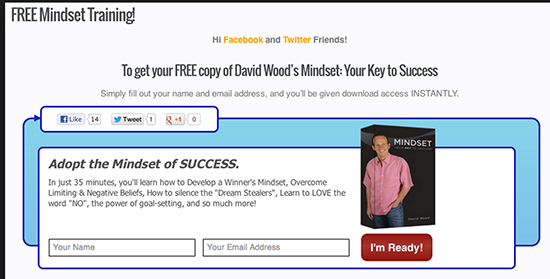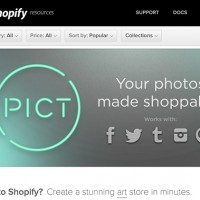Is the love affair between marketers and email a closed chapter? Do you think email is suddenly boring? A McKinsey’s iConsumer Survey indicates that email usage declined by 20% between 2008-2012, thanks to the emergence of IM apps and social media in general.
Ok, so apparently email seems to have fallen out of favor. Or is it really?
Mckinsey’s survey has more in store: Email accounts for a huge share of acquired customers compared to social media (about 40 times compared to Facebook and Twitter combined). 91% of all consumers still use email and hence it’s still a marketer’s primary communication mode. Email conversions boast of order values, which are at least 17% higher than email.

According to Copyblogger’s report on Email marketing, emails are mind-blowingly cost effective with a return of about 4,300% (that’s not a typo) as Direct Marketing Association puts it. Smart marketers thrive on email. In spite of the new trends and dashing new hopes elsewhere, email is till the staple. It allows for continuous and dedicated engagement with customers compared to any other medium.
But the only way email works is when there’s actual value exchange. It only works when you keep your emails succinct, to the point, relevant to your audience, and tell stories that they’d like to listen to.
Launch drip email campaigns. Go for both the HTML version and the plain-text version. Ensure that you are sending out valuable information 9 out of 10 times. According to Exact target, there are more than 3.2 billion email accounts and 91% of consumers are reportedly checking their email at least once a day.
If you do email marketing right, you’d stand to gain at least $44.25 out of every $1 spent on email marketing. Most leading brands (and small businesses) use email marketing for retention (about 78%). While you are at it, give attention to increasing mobile use. According to Litmus, more than 66% of all Gmail opens, for instance, occur on mobile devices.
The good news is that email still works. Another piece of good news is that outside of email, social media is where most of your target audience spends time.
It’s time to start building your list using social media:
Social media is the destination. But what’s in store for customers?
Opt-in forms are the windows for the start of your relationship with your subscribers. Relationships, however, don’t start just because you showed up with an opt-in form. They’d only start when you have something valuable to offer.
Since your social media accounts are an additional (and new) destination for wooing new visitors to sign up to your list, your social accounts should have value. The way you do that is through a continuous supply of updates that are helpful, relevant, and engaging. Go back to social media 101, and spend a huge chunk of time perfecting your social media strategy.
The Opt-in forms have moved
Traditionally, most marketers use the sidebars of blogs, evil pop-ups on web pages, and other hot virtual real estate to host opt-in forms to allow new subscribers to sign up for newsletters or email campaigns. This usually forms the beginning of the relationship with your email subscribers. Websites, blogs, and contact forms are all boring, though. It’s not your website that your target audience usually spends time at; it’s social media.
It’s time to take your opt-in forms (slim, miniature opt-in forms or full-sized, dedicated landing pages with a separate link) to social media. You can use LinkedIn’s profile features with a permanent widget for others to sign up with. Go to Facebook and create a dedicated tab allocated for email signups. Occasionally tweet your dedicated opt-in form to bring in subscribers.
All traffic goes to landing pages
 First things first, go back to each of your social media profiles such as Facebook pages, Twitter bio, and LinkedIn company pages (or your professional account) and do this: change the URL of your main website from http://www.yourcompany.com to http://www.yourcompany.com/landingpage
First things first, go back to each of your social media profiles such as Facebook pages, Twitter bio, and LinkedIn company pages (or your professional account) and do this: change the URL of your main website from http://www.yourcompany.com to http://www.yourcompany.com/landingpage
Why would you do that? Your home page is just too much for visitors to handle. There are way too many exit points, navigational elements, copy, distractions, and avenues for your online visitors to drift. By forcing traffic to land on a landing page, you’d make it simple and easy for visitors to take action. Either they’d subscribe to your newsletter or they won’t. Of course, the way you’d design your landing page, you’d give your visitors or customers enough reasons to signup to your list (give away a free trial, a free report, a sample product, or a no-restriction access to your web-based app).
Work with tools such as Unbounce.com or Lander App and experiment with various landing pages with varying copy, graphic elements, and CTA (calls to action) to see which pages work better. Also, known as A/B testing, this is your best ticket to build marketing assets that’d work for you every time.
From paid ads to loving subscribers
If you are already running ad campaigns across various channels such as Google Adwords, Bing Ad Center, or even the new social media paid ads, create a dedicated set of campaigns just to push traffic to the landing pages that are designed to attract signups for your list (yes, building a list is that important). As it goes for all other cases of marketing, your paid ads would lead to a landing page (while the message and intent should match) and all this paid traffic should convert through your landing pages to turn into your doting subscribers.
If you don’t put up landing pages for your paid advertisements, you’d only lose marketing dollars. You’d basically dump your marketing budget for nothing, and with no results to show. While our focus here is to use social media sponsored updates and ads to drive traffic to your landing pages designed to help visitors convert to email subscribers, the rules apply to any kind of paid (or unpaid) advertising.
Conversations to conversions
Just as you’d change all your URL instances online to actual landing pages instead of your home page, your account profiles at online forums and other communities should also point to landing pages. Meanwhile, you can also change the signature links within forums to these specific URLs. As you go along with conversations on communities relevant to your business, drop your link asking others to subscribe (beware of community policies and rules, though).
As you leave your digital footprint across online communities, groups, and Q & A sites on topics that you are associated with, you’d build your credibility and trust. Your account URLs or signature links, meanwhile, point to your email sign-up page or opt-in page.
If you have to work on a parallel campaign (unpaid and effort-based) just to get traffic to your opt-in forms, do so.
Use apps and tools
 Tons of applications and tools make it easier to help you ramp up your list building efforts. If you were using a CMS such as WordPress, you’d have plenty of plugins and widgets that’d help you create special opt-in forms and pop-ups to help you attract subscribers. Some of those popular tools are OptinMonster, Alligator Pop-up, Mailchimp Plugin for WordPress, and others.
Tons of applications and tools make it easier to help you ramp up your list building efforts. If you were using a CMS such as WordPress, you’d have plenty of plugins and widgets that’d help you create special opt-in forms and pop-ups to help you attract subscribers. Some of those popular tools are OptinMonster, Alligator Pop-up, Mailchimp Plugin for WordPress, and others.
If you were running an ecommerce store on Shopify.com, you’d have access to plenty of Small business tools specifically built for email marketing.
For most other cases, the email service you’d be using such as Mail Chimp, AWeber, Constant Contact, Send Grid, Campaign Monitor, and Exact Target will all have their own in-built tools to help you build, manage, and work with your list of subscribers.
How are you building your list of subscribers? Do you use social media to specifically build up your database of subscribers?
- A Step-by-Step Guide to Measuring What Twitter Contributes to your Bottom-line - June 4, 2014
- How to Build Your Subscriber List Using Social Media - December 2, 2013
- 6 Steps to Turn Guest Posting on its Head - June 17, 2013
- How to Blog in a Post-Panda World - October 25, 2012
